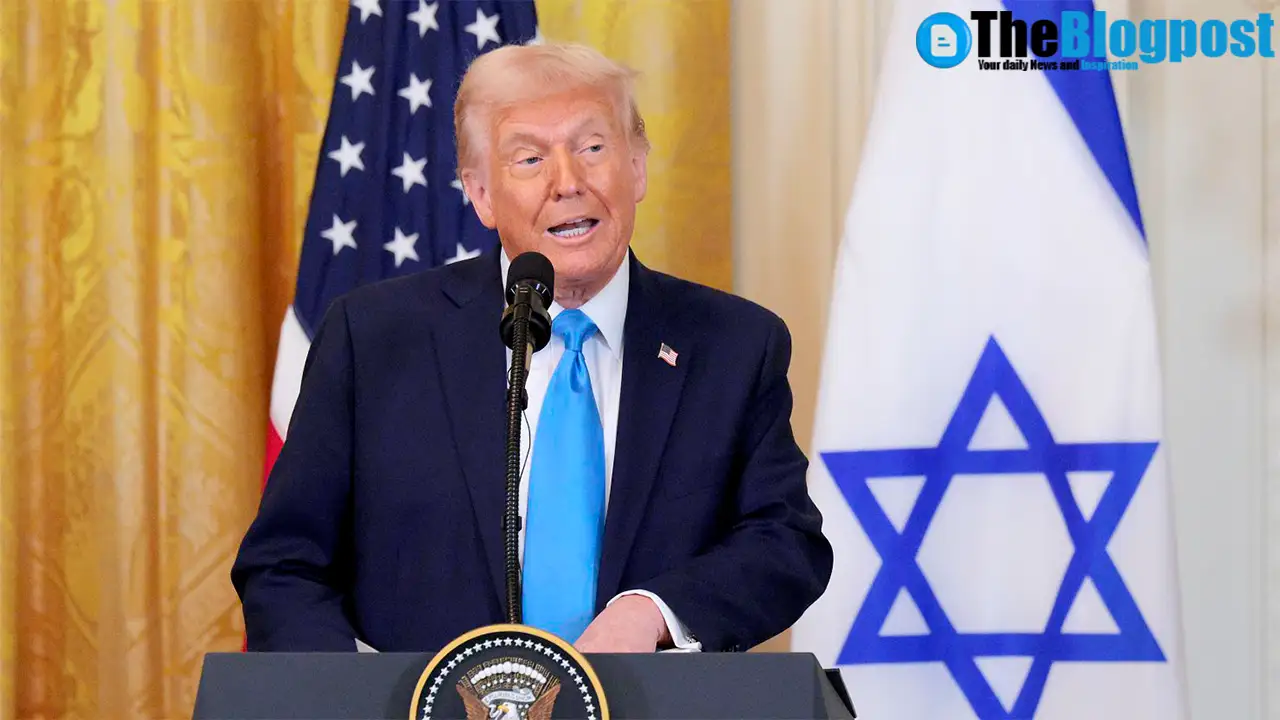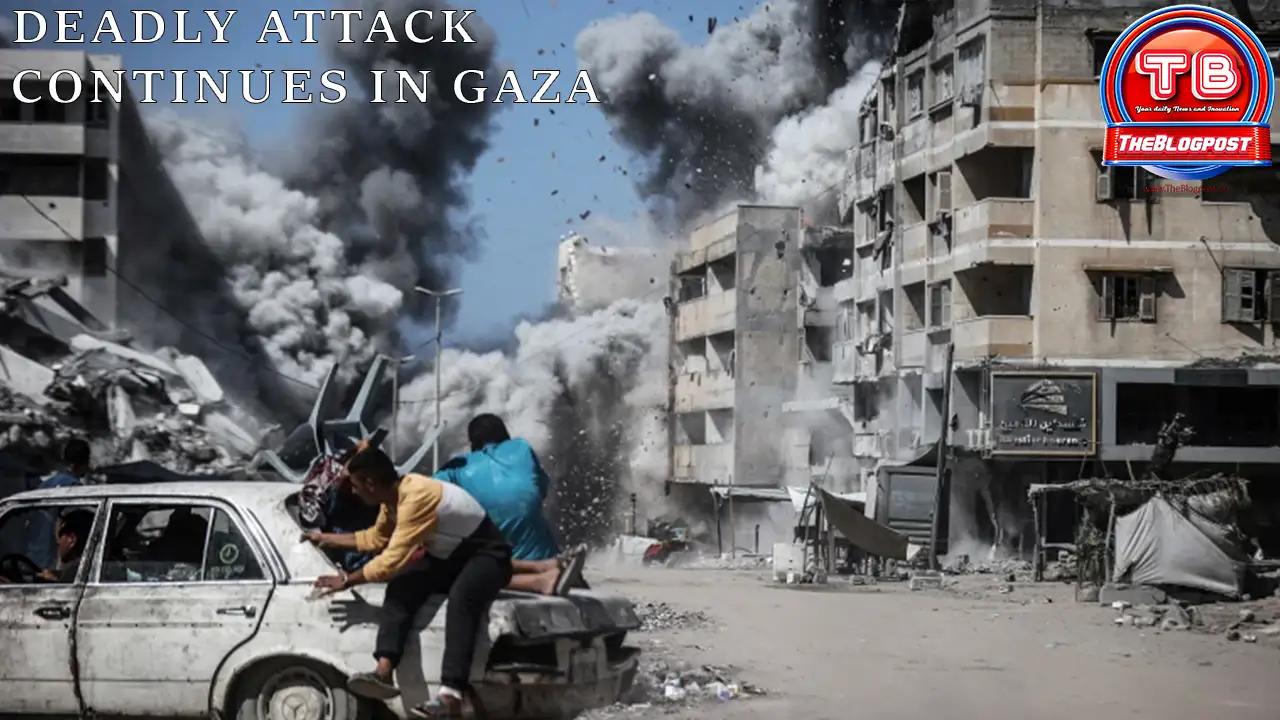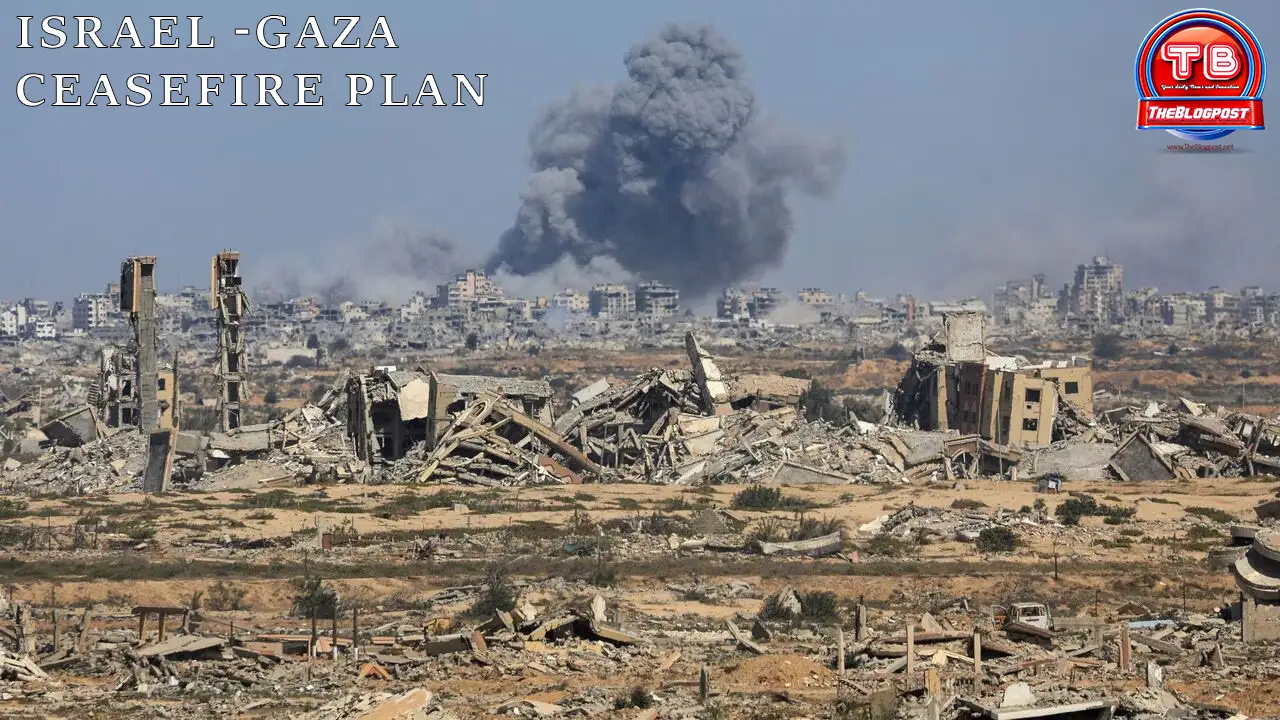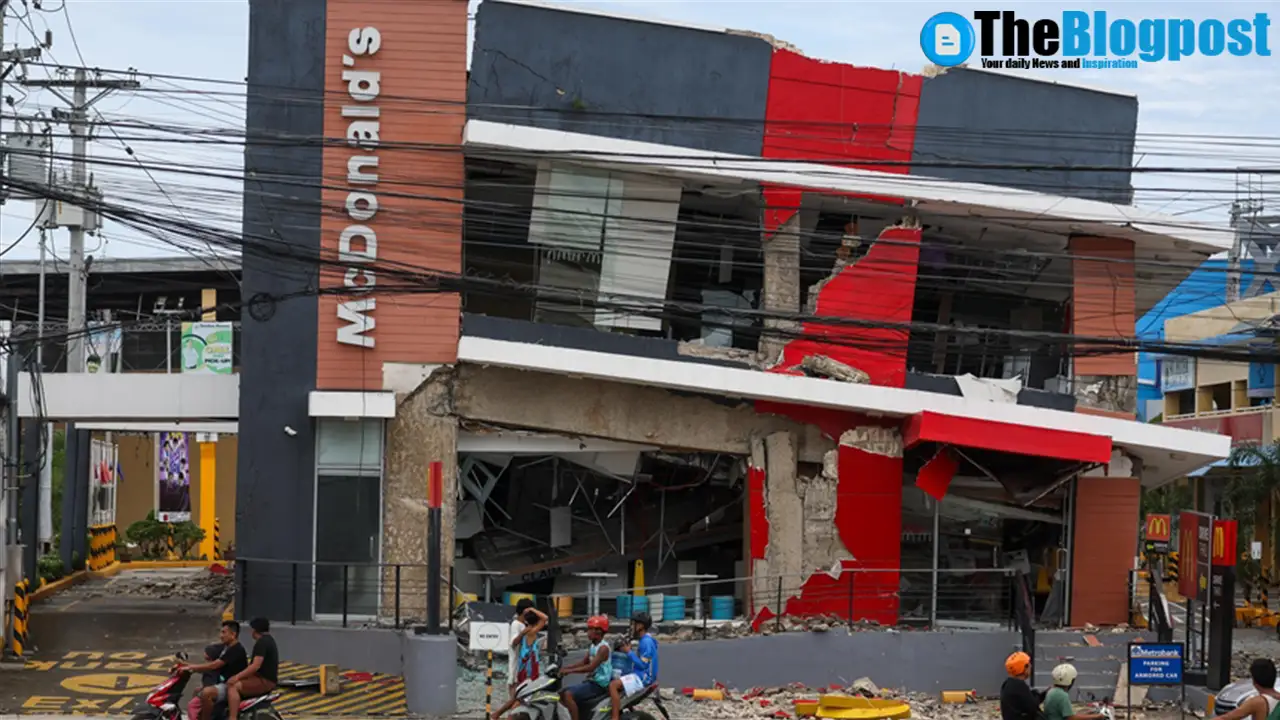Israel and Hamas Signal Openness to Trump’s Gaza Peace Plan — Deadlines, 20 Points, and What Still Needs Work
A comprehensive, expert briefing on the evolving Gaza peace plan: the Sunday deadline, Trump’s 20-point framework, how Israel and Hamas are positioning themselves, and which details negotiators must still hammer out.
Primary reference article:
CNN — Trump sets deadline tied to Gaza peace plan.
Corroborating coverage and policy specifics also appear across major outlets, including the public Sunday deadline, Israel’s support signals, and Hamas’ conditional openness to negotiations. See, for example, reporting in Politico, the Washington Post, TIME, AP, and others for aligned details on the ultimatum, the scope of the 20-point proposal, and public statements by principals.
What’s Happening — And Why It Matters Now
After nearly two years of devastating conflict, both Israel and Hamas are signaling—albeit cautiously—that a pathway tied to a renewed Gaza peace plan may be viable. According to multiple reports, President Donald Trump has presented a 20-point framework and issued a firm public deadline for Hamas to formally accept it by Sunday, 6 p.m. ET. The plan, which Israel has publicly embraced in principle, blends immediate de-escalation steps with longer-term arrangements on governance, security, and reconstruction. Hamas, for its part, has indicated willingness to discuss key portions of the proposal—especially those addressing hostages and civilian relief—while reserving judgment on provisions that would require broad intra-Palestinian consensus.
Because the deadline is explicit and the stakes are enormous, the diplomatic clock is loudly ticking. Consequently, this is the most concentrated focus on a comprehensive Gaza peace plan since major ceasefire efforts stalled earlier this year. The sections below unpack the 20 points as reported, outline what each side appears ready to concede, and identify the critical “details to be worked out” before any durable agreement can take hold.

The Sunday Deadline — Pressure as a Tactic
Trump’s Sunday 6 p.m. ET deadline is designed to compress decision cycles. Officials have tied the date to a blunt message: accept the broad contours of the Gaza peace plan, or face escalatory consequences. The ultimatum follows public statements indicating Israel’s readiness to proceed within the proposed parameters, including withdrawals linked to demilitarization benchmarks and a sweeping hostage–prisoner exchange. Hamas officials, in turn, signaled conditional openness—particularly on the release of hostages and a transition away from factional control—while stating that several elements require broader Palestinian consultations.
Deadlines can catalyze movement, yet they also risk hardening positions. Therefore, the next 48 hours are likely to feature intensive shuttle diplomacy via regional guarantors such as Egypt and Qatar, plus direct U.S.–Israel coordination.
Trump’s 20-Point Proposal — What’s Inside the Framework
Public reporting describes a 20-point Gaza peace plan organized around four pillars: ceasefire and humanitarian relief; hostage–prisoner mechanisms; demilitarization and external security guarantees; and transitional governance leading to large-scale reconstruction. While the exact legal text is not public, consistent elements appear across outlets:
- Immediate ceasefire & freeze of lines: Hostilities halt and contact lines are frozen while implementation begins.
- Hostages & prisoners: Return of all Israeli hostages (living and deceased) within a defined window; reciprocal release of Palestinian prisoners, including a tranche of long-term detainees.
- Phased Israeli withdrawal: Pullback tied to verifiable demilitarization milestones rather than fixed dates.
- Demilitarization: Dismantling of Hamas’ offensive capabilities, tunnels, and rocket infrastructure under outside monitoring.
- International role: A temporary international stabilization or trusteeship mechanism to secure borders, facilitate aid, and supervise reconstruction.
- Transitional governance: Administration by non-partisan Palestinian technocrats during the interim period, paired with reforms and security vetting.
- Humanitarian surge: Unimpeded entry of food, fuel, medicine, and shelter material under a deconfliction regime.
- Political horizon: Language pointing to a future political process; reporting differs on whether and how an eventual statehood pathway is referenced.
In short, the Gaza peace plan tries to trade verifiable demilitarization and hostage release for phased withdrawals and a front-loaded humanitarian and reconstruction push—underwritten by international guarantees.
Watch: Latest CNN Video Briefing
The clip summarizes the deadline dynamics and core elements of the Gaza peace plan under discussion.
Where Each Side Stands — Signals and Red Lines
Israel
Israeli leadership publicly welcomed the framework’s contours, emphasizing the need to neutralize Hamas’ military capabilities and secure the release of all hostages. The government has indicated that a phased drawdown is conceivable if third-party mechanisms ensure border security and prevent rearmament. Nevertheless, language around residual security perimeters and the scope of international oversight remains highly sensitive in Israeli politics.
Hamas
Hamas officials have conveyed readiness to release hostages and accept an interim technocratic administration for Gaza under certain conditions. However, they argue that core political issues and the nature of demilitarization require collective Palestinian deliberation. Their statements suggest support for elements that immediately alleviate humanitarian suffering, while cautioning that broader acceptance of the Gaza peace plan depends on guarantees against forced displacement and clarity on the political horizon.
Details to Be Worked Out — The Hard Part of Any Gaza Peace Plan
Even if both sides accept the framework in principle, the devil is in the details. Negotiators still need to codify:
- Verification and sequencing: Who certifies each demilitarization step, and how are withdrawals stitched to those certifications?
- Composition of the stabilization mission: Which countries contribute forces or monitors, what are their rules of engagement, and how do they deconflict with Israel and Egypt?
- Hostage–prisoner logistics: The timeline, staging areas, medical screening, and post-release security protocols for both sides.
- Transitional governance: The selection process for technocrats, vetting standards, revenue collection, and the handoff to elected authorities later on.
- Reconstruction finance: Who pays, how funds are safeguarded from diversion, and what procurement rules apply to ensure speed without corruption.
- Political horizon language: Whether the framework acknowledges a concrete pathway toward self-determination, and which benchmarks unlock that track.
Because these items are technically complex, bridging documents (annexes, implementation matrices, and monitoring mandates) will be essential if a Gaza peace plan is to move beyond press conferences.
Humanitarian Surge — A Test of Credibility
A central test of any Gaza peace plan is whether aid actually flows without obstruction. Reporting indicates the proposal calls for unimpeded corridors, scaled fuel deliveries, and medical evacuations under a robust deconfliction mechanism. If the surge materializes quickly, it will build confidence among civilians and reduce incentives for spoilers. Conversely, bottlenecks or renewed strikes would erode trust and complicate the hostage–prisoner process.
Regional Diplomacy — Guarantors and Gatekeepers
Egypt and Qatar remain pivotal as messaging conduits; the UAE, Jordan, and Turkey could become key funders or monitors in the stabilization and reconstruction phases. European governments are likewise positioned to underwrite border technology and customs modernization. Meanwhile, Washington will act as the chief arbiter of compliance disputes, particularly around demilitarization triggers and the pace of Israeli withdrawals embedded in the Gaza peace plan.
Risks and Failure Modes — What Could Derail the Process
- Spoiler violence: A high-casualty incident could freeze politics and derail sequencing.
- Ambiguous mandates: Vague stabilization rules could invite confrontations or mission creep.
- Domestic backlash: Hardline factions on both sides may reject concessions implied by the Gaza peace plan.
- Funding gaps: Without transparent reconstruction financing, trust—already fragile—will evaporate.
How to Read the Next 72 Hours
- Watch the clock: If the deadline slips with clear progress markers, that signals a live channel; if it holds and there’s silence, prepare for renewed coercive pressure.
- Look for annexes: Publication (even partial) of sequencing tables or verification mandates indicates real traction.
- Track hostages: Visible movement on exchanges is the strongest early proof the Gaza peace plan is operationalizing.
Bottom Line — A Narrow Opening, If Leaders Take It
For the first time in months, public statements from both camps suggest there is leverage for a negotiated pause that could scale into lasting change. The Gaza peace plan on the table is ambitious, and yes, it is politically fraught. Yet the alternative—open-ended conflict with spiraling humanitarian costs—is far worse. If the coming hours yield verifiable steps on hostages, humanitarian access, and monitored de-escalation, then the region may finally glimpse a path away from catastrophe. Conversely, if the deadline passes without movement, expect renewed pressure and deeper mistrust. The choice, as ever, will rest on whether leaders can trade maximalist demands for tangible relief and a credible political horizon.













Leave a Reply